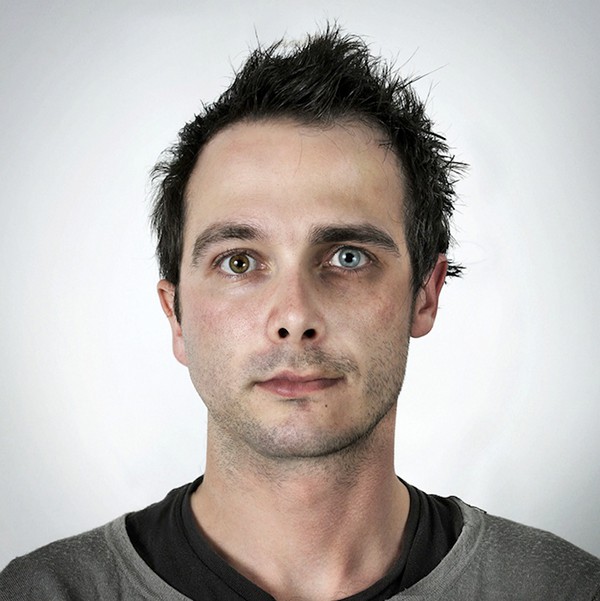(All of this goes for photography as well, I think).
Nothing can be achieved in the art of film until its form is
understood to be the product of a completely unique complex:
the exercise of an instrument which can function,
simultaneously, both in terms of discovery and invention.
This dialectical complex, in turn, provides the emotional tension which propels any given work. To lean too heavily to one side or the other of this polarity is to take an easy way out and risk aesthetic impoverishment. Rather, the contradictory nature of cinema should be wholly embraced. Out of greater difficulty comes a potential for greater reward:
This very profusion of potentialities seems to create
confusion in the minds of most film-makers, a confusion which
is diminished by eliminating a major portion of those
potentialities in favor of one or two, upon which the film is
subsequently structured. An artist, however, should not seek
security in a tidy mastery over the simplifications of
deliberate poverty; he should instead have the creative
courage to face the danger of being overwhelmed by fecundity
in the effort to resolve it into simplicity and economy.

















































